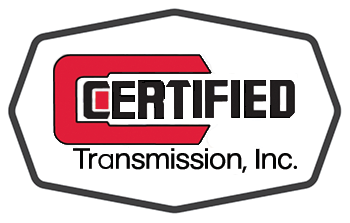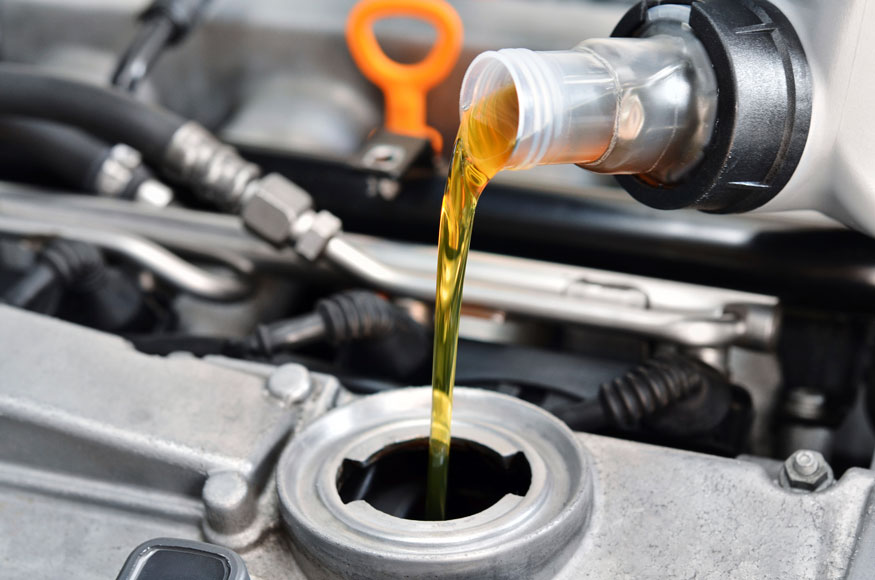 Preventative Maintenance is crucial for the longevity of vehicles. Ensuring your fluids are changed regularly and that your vehicle is inspected often are the best ways to ensure you have done everything in your power to keep your vehicle running long and strong. Changing your vehicles engine oil is the most common preventative maintenance done to a vehicle and for good reason. Everyone knows how to check their vehicles engine oil for proper levels right?
Preventative Maintenance is crucial for the longevity of vehicles. Ensuring your fluids are changed regularly and that your vehicle is inspected often are the best ways to ensure you have done everything in your power to keep your vehicle running long and strong. Changing your vehicles engine oil is the most common preventative maintenance done to a vehicle and for good reason. Everyone knows how to check their vehicles engine oil for proper levels right?
Although it may seem like common sense to some people, many would be shocked when they heard how many people actually know how to check their levels properly. It is now estimated that around 2/3 of American teens are clueless when it comes to checking motor oil, fixing a flat tire, or maintaining any component on their vehicle for that matter.
When you combine the fast paced world we live in today, with the sophisticated on board computer systems that warn the driver immediately when a problem is present, this “common sense” task becomes less and less common than one would think. If a person is never taught how to do such tasks they can be daunting, but rest assured, if you are reading this you are more than capable and we will teach you exactly how.
Step #1: Determine whether your engine is hot or cold. If you are unsure you can simply turn the key to the “on” position and read your vehicles temperature. If it is anywhere past the “C” mark to the left of the gauge then your vehicles engine is hot. (You will use this information in step #5.)
Step#2: Pop the hood of your vehicle and ensure it is latched in the up position securely.
Step #3: Locate the engine oil dipstick. Generally the dipstick will have a yellow circular handle, however, all vehicles are different. If you cannot locate the dipstick, check your owner’s manual for the exact location.
Step #4: With the engine turned off, remove the dipstick and wipe ALL of the oil off onto a rag. (Remember: the dipstick may be hot if the engine is up to temperature)
Step #5: Insert the dipstick back into the tube. Remove the dipstick quickly and keep the dipstick tube parallel with ground as quick as possible to avoid running down the stick. (Note: some dipsticks are hard to read and you may have to repeat this step multiple times to get an accurate reading.) See the figure below for information on how to read the stick.
If you are unsure of the level after multiple attempts to read it a good rule of thumb is that if there is oil on the stick you are safe to drive your vehicle to a repair facility to have it checked by a professional. If you do not see any oil on the stick do NOT start or drive your vehicle. Either wait until someone with experience can assist you or have your vehicle towed to a shop you trust. A $100 tow bill is far less expensive than an engine replacement!!!
Now you should have a good idea as to how to check the motor oil in your vehicle. Regularly checking your motor oil is a very easy way to ensure the longevity of your motor and avoid costly breakdowns. Failing to do so can cause major engine problems and end up costing you a lot of money!


Recent Comments